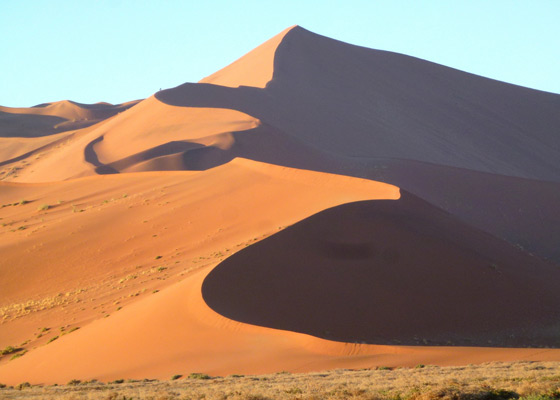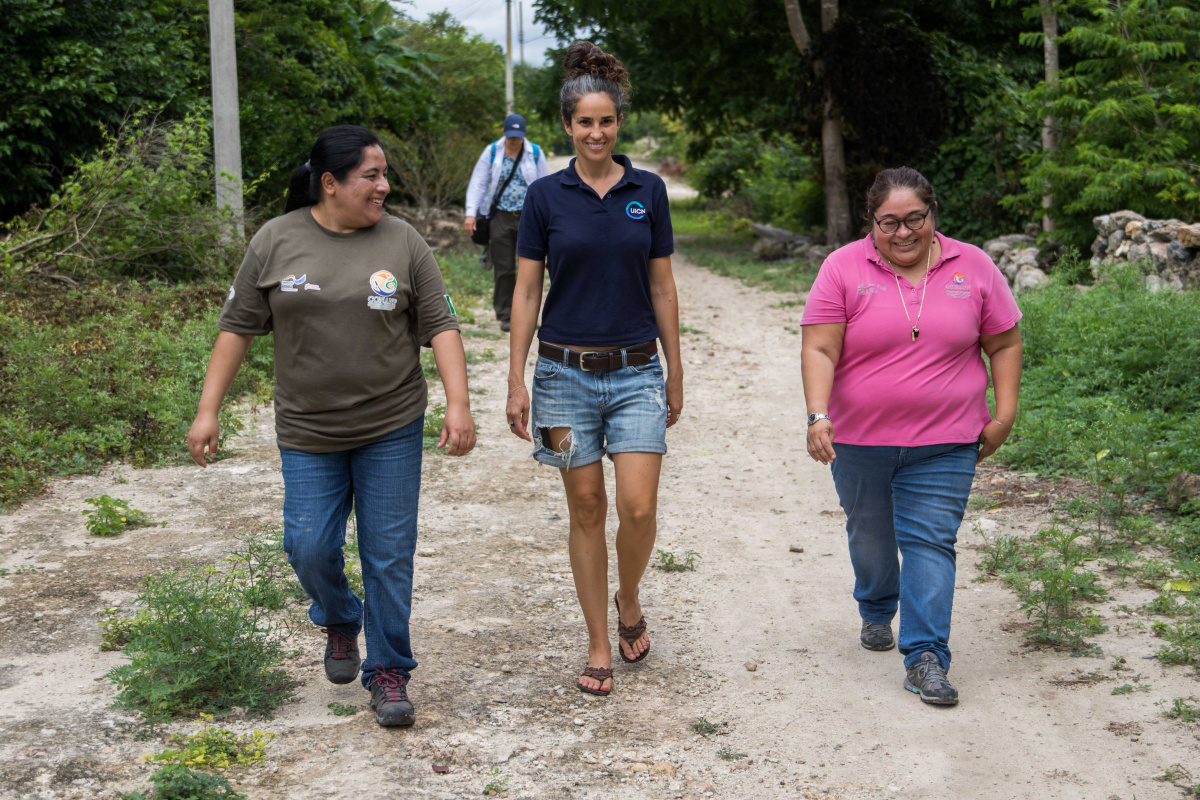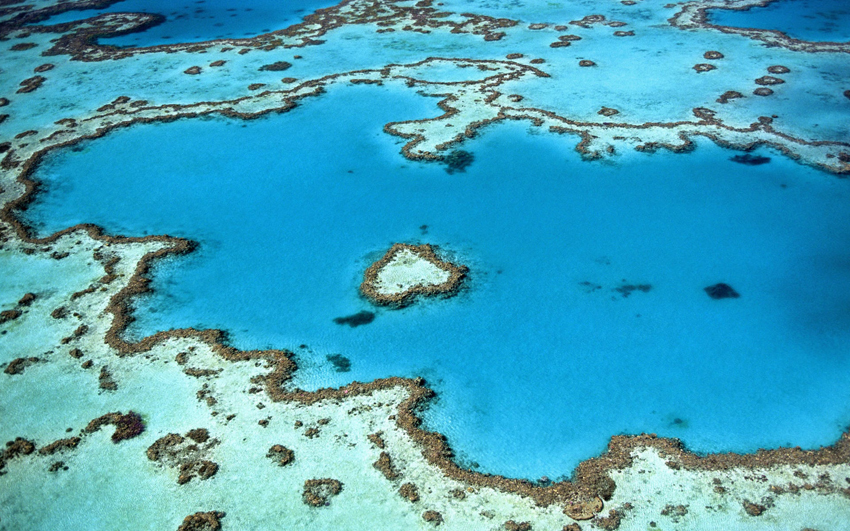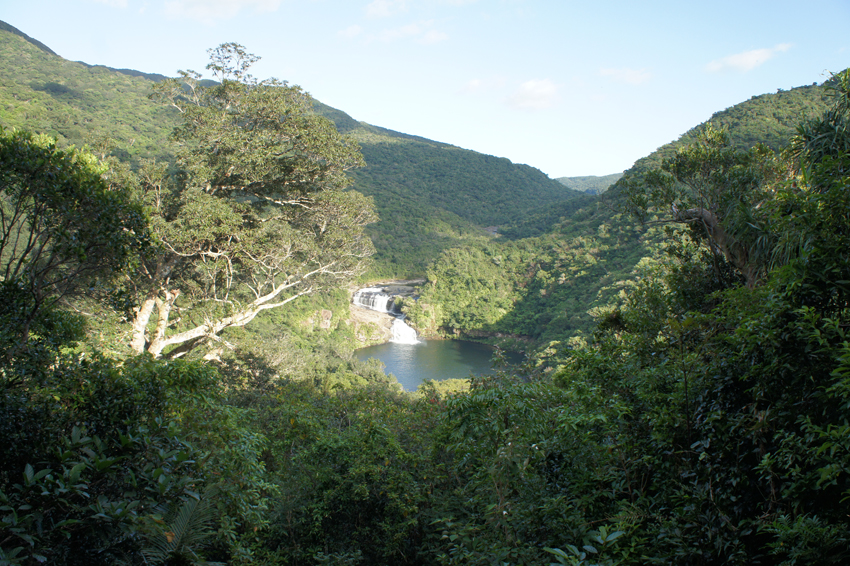World Heritage status for Namibia’s Sea of Sand
The Namib Sand Sea — a unique coastal fog desert with a diverse range of large, shifting dunes — was granted World Heritage status today at the annual UNESCO World Heritage Committee meeting in Phnom Penh, Cambodia.

Photo: IUCN Peter Howard
The decision is line with IUCN’s recommendation to inscribe the site under all four criteria of outstanding universal value, first such inscription in ten years. Great Barrier Reef and Galapagos are among the other 20 sites on the List, which meet all natural criteria.
The Namib Sand Sea is a place of outstanding natural beauty where atmospheric conditions provide exceptional visibility of the landscape by day and the dazzling southern hemisphere sky at night.
The latest World Heritage site Iies along the arid African coast of the South Atlantic and is contained within Namibia’s Namib-Naukluft Park.
Life in the Namib Sand Sea is harsh: plant and animal communities are continually adapting to life in this extremely arid environment. Before conservation management began, the area was protected for diamond-mining potential, but this was never realised. Key issues today include managing the increasing demand for visitor access to pristine areas and preventing mineral exploration.
“World Heritage status for Namib Sand Sea is a great achievement for all involved in the nomination of this spectacular site,” says Moses Mapesa Regional Vice-Chair, Eastern and Southern Africa, of IUCN’s World Commission on Protected Areas. “The listing brings high expectations and, as with all World Heritage sites, we would like to see strong management measures put in place to ensure the natural values of this area are safeguarded and monitored.”



